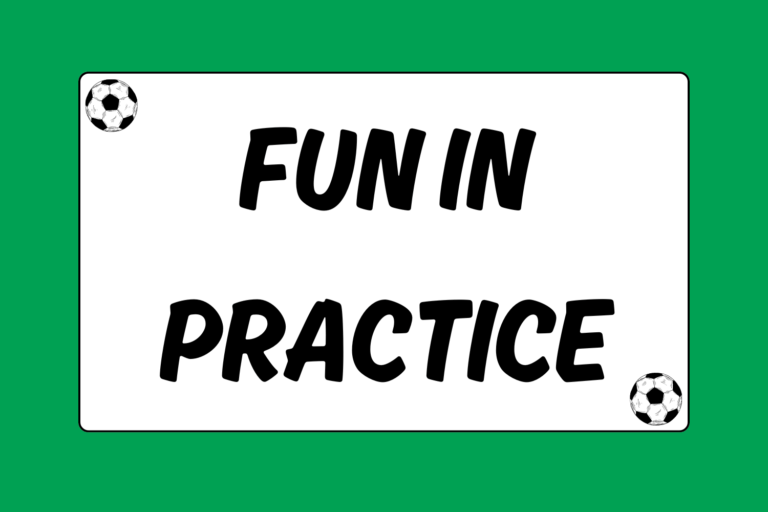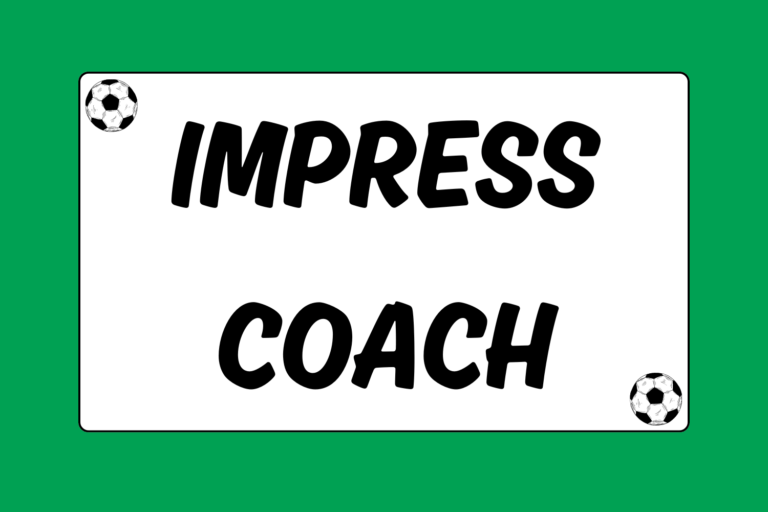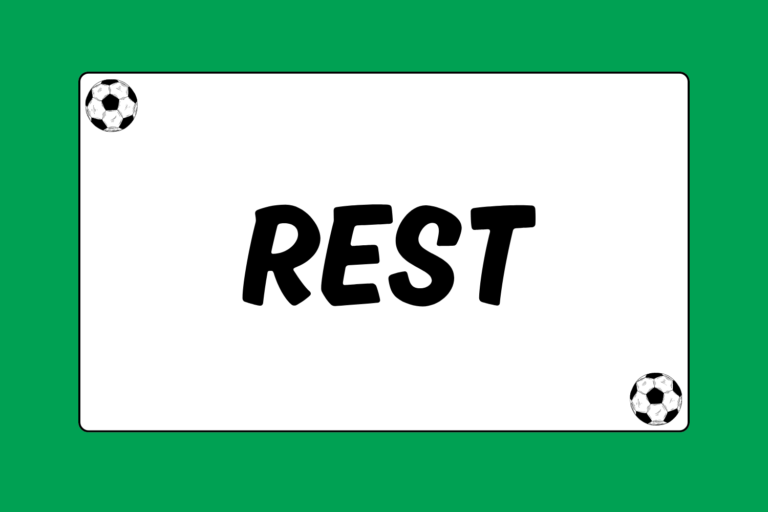Unlike most competitive team sports, soccer is a free-flowing game with few stoppages. When there is a break in play, the referee will blow their whistle to announce it to the players on the field.
In a standard soccer match, there are 3 officials. The head referee and two linesmen. Linesmen are also sometimes referred to as assistant referees. The head referee is the definitive authority on the field, and the linesmen are primarily there to assist him in determining fouls, offside plays, and when the ball crosses the touchline.
Although linesmen have the ability to make every call the head referee does, the head referee is the ultimate authority on the pitch and can overrule them.
Head Referee Hand Signals
Once the head referee’s whistle blows, it is important that you direct your attention to him/her. The ref will signal the call with his hands, and it will dictate the resumption of play. Once he has made the call, you can bring the ball back into play at your earliest convenience.
Below are the primary signals that the referee will use in order to give direction on the field:
Yellow/Red Card
When a referee awards a yellow or red card, he will call the guilty player over with a waving motion. It is the player’s responsibility to present themselves in front of the referee, even if they disagree with the call. The referee will then hold the card directly up in the air in front of the player.
Advantage
Advantage is given when a foul is committed by the defending team, but it would be advantageous for the attacking team to continue playing (despite the infraction). The referee signals this by extending both his arms outward and forward from his mid-section.
Direct Free Kick
A direct free kick is usually awarded for a harsh foul or intentional hand ball. If the referee gives out a yellow or red card, he will always award a direct free kick. The only time this is not the case is if the foul is in the penalty area, in which case it is a penalty kick. The referee signals this by extending one arm outward to the side of his torso in the direction of the kick.
Indirect Free Kick
An indirect free kick is usually awarded for incidental fouls or unintentional hand balls. The referee signals this by extending his arm straight up in the air.
Goal Kick
A goal kick is awarded when the attacking team kicks the ball over the defending team’s goal line. The referee signals this by pointing to the nearest corner of the goal.
Amazingly True Story
During the 1986 World Cup quarterfinals, the most famous blown call in the history of soccer occurred. Diego Maradona, considered by some to be the most prolific attacker in history, went up to head a ball in the 51st minute and blatantly struck it with his hand.
Despite England’s protests, the goal stood and Argentina went on to win the World Cup against West Germany. The incident has since been known as the “Hand of God.” Although video evidence clearly shows that Maradona committed a hand ball, to this day soccer’s governing body FIFA still resists the idea of introducing instant replay.
Corner Kick
A corner kick is awarded when the defending team kicks the ball over their own goal line. The referee signals this by pointing to the corner flag.
Penalty Kick
A penalty kick is awarded when the defending team fouls the attacking team egregiously while in the penalty box. A penalty kick will also be awarded for an intentional hand ball in the penalty box. The referee signals this by pointing to the penalty spot in the goal box that the foul was committed in.
Linesman Flag Signals
While the head referee is the primary authority on the field, they rely heavily on their assistants for guidance on tough calls.
Throw-in
A throw-in is awarded when the ball is kicked over the touch line. The team that kicks the ball over the touch line loses possession, and the opposing team is awarded a throw-in. The linesman signals this by extending his corner flag out horizontally in the direction that the throw is given.
Offside
For a full explanation of the offside rule please read the “Understanding the Soccer Offside Rule” guide. The linesman signals offside by holding his flag directly up in the air with one arm.
Goal Kick
A goal kick is awarded when the attacking team kicks the ball over the defending team’s goal line. The linesman signals a goal kick by extending flag out horizontally towards the corner of the goal box.
Corner Kick
A corner kick is awarded when the defending team kicks the ball over their own goal line. The linesman signals a corner kick by pointing his flag down at the corner flag.
Substitution
In international play, teams are allowed three substitutions in a match. When a coach makes substitution, he will notify the linesman and send the incoming player to the midline. During the next stoppage of play, the linesman will signal the substitution by holding his flag horizontally over his head with both hands.
Understanding the Game
Now that you have a fundamental understanding of the calls made by soccer referees, you can get out there and enjoy the finer points of the game. You may even get a chance to correct a referee, but always remember to be respectful and play hard!





